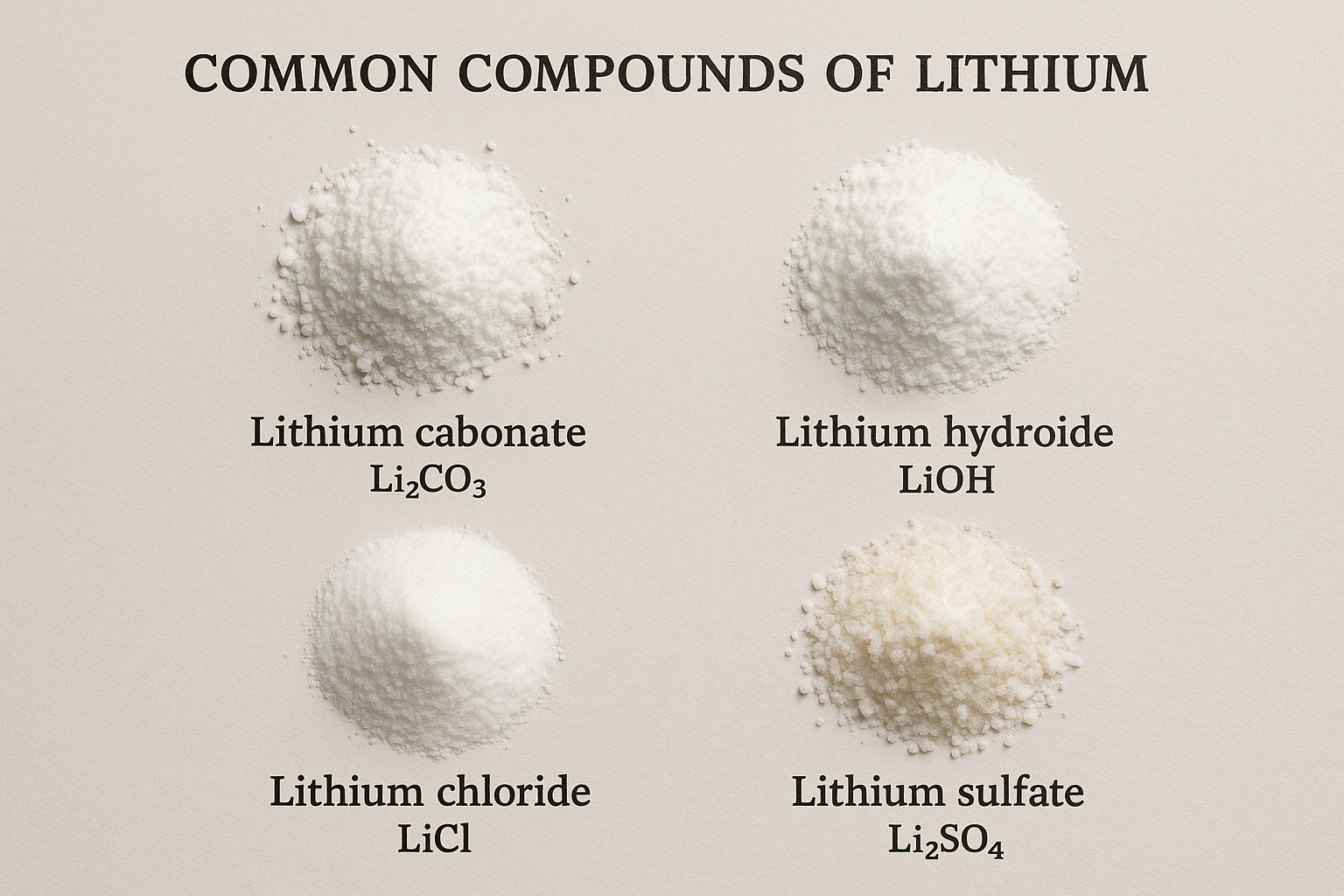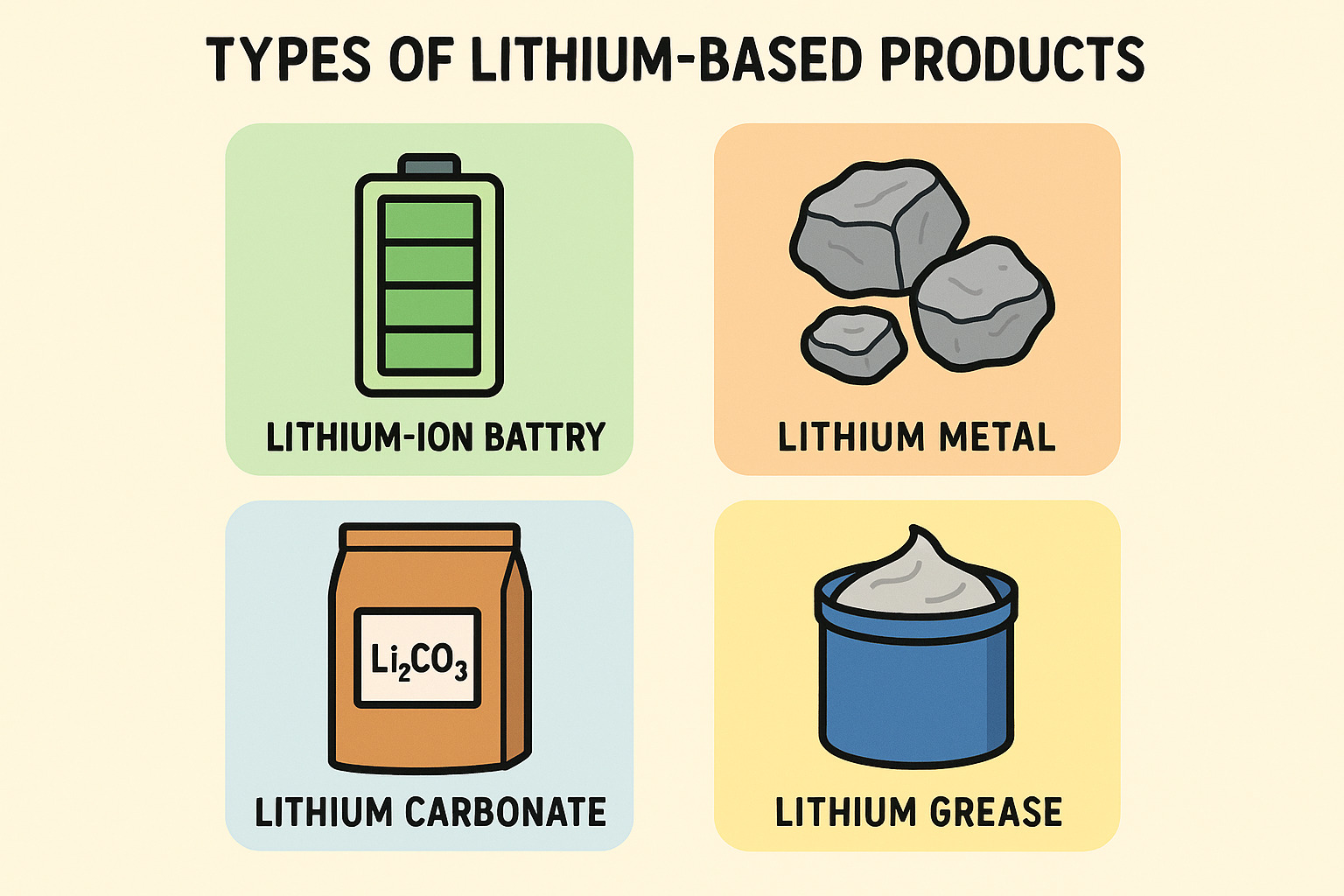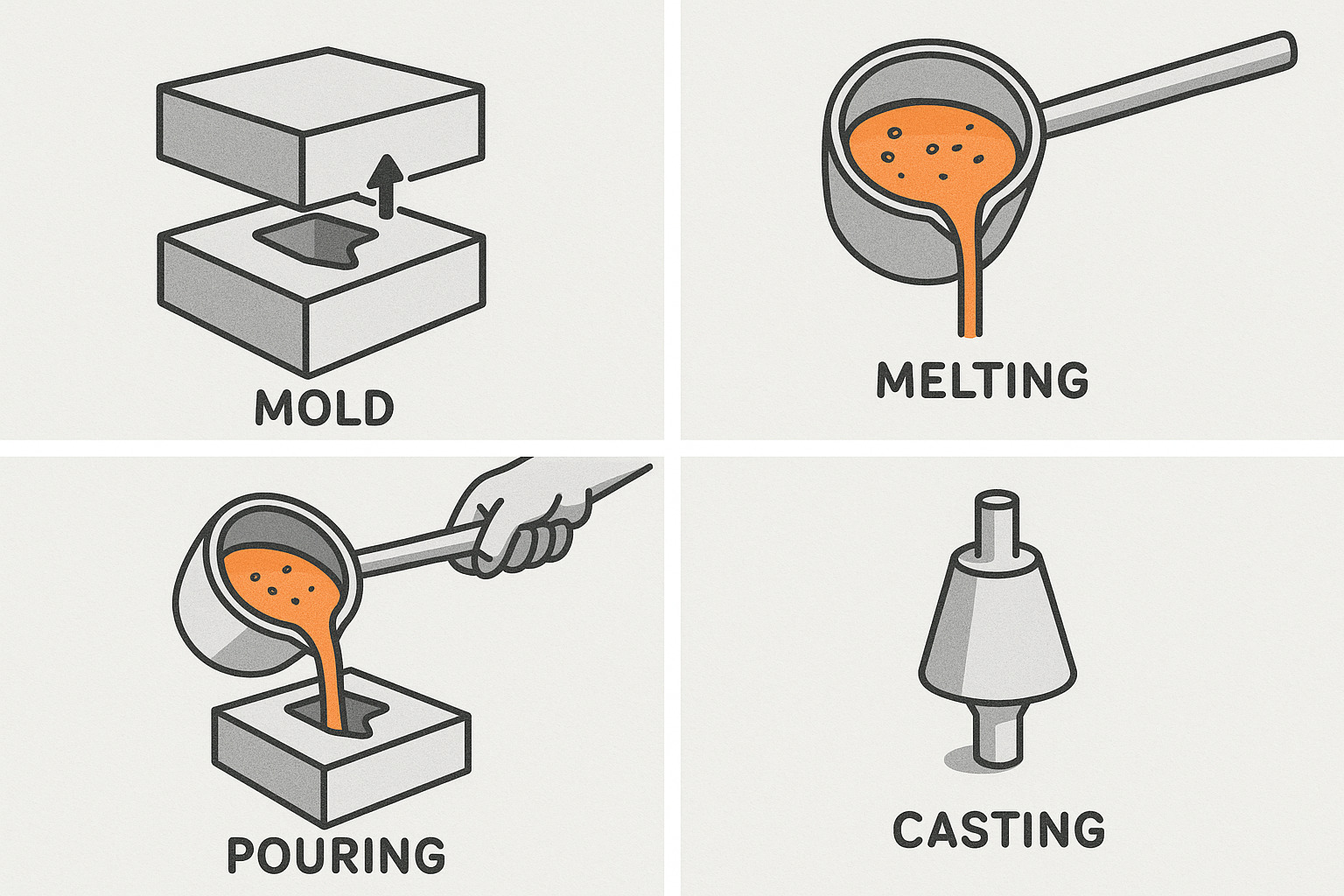History and Types of Bioceramic Materials
Introduction
Bioceramic materials have long played a significant role in both science and everyday life. They are used in various fields. Their applications range from medical devices and implants to everyday materials.
What Are Bioceramics?
Bioceramics are ceramic materials that interact with living tissue. They are made from compounds such as alumina, zirconia, and calcium phosphate. Their key feature is that they are compatible with body tissues. They can bond with bone and are useful in implants. Bioceramics differ from other ceramics because they are designed with health in mind. They must be safe and stable within the body.
These materials possess a special surface that encourages bone cell growth. They are strong and wear-resistant. They also have a low risk of causing harmful reactions. A common example is the use of hydroxyapatite in dental implants. This material resembles the mineral component of bones and teeth. Another example is alumina, which is utilised in joint replacements. The material’s toughness and durability contribute to the creation of reliable medical devices.
In everyday life, individuals may come into contact with bioceramics indirectly. They are present in devices that assist individuals in regaining movement. Their role in medicine is crucial, yet their concept is straightforward. They bond with living tissue without inducing adverse reactions. Many bioceramics also promote the reconstruction of healthy tissue. This makes them an important asset in medical science.
History and Development of Bioceramic Materials
The use of ceramic materials in medicine has ancient origins. Early peoples used natural clays to mend broken bones. Over centuries, craftsmen developed new ceramic techniques. They utilised various clay compounds to create items that were safe and effective. Treatments and tools were developed based on the properties of ceramics.
In the 20th century, the field of bioceramics gained momentum. Researchers observed that certain ceramics could support bone growth. They recognised that these materials caused fewer side effects compared to metallic implants. This observation led to increased research and trials. Laboratories commenced testing biocompatibility. Research resulted in the development of materials such as high-purity alumina and zirconia. Longevity and stability were essential qualities.
The next phase was marked by the application of bioceramics in implant surgery. The idea was clear: utilise materials that resemble bone, reduce the risk of rejection, and enhance the lifespan of the implant. Surgeons began applying bioceramic materials in hip replacements and dental surgery. The results from these early implementations were promising. More hospitals adopted these materials, and workshops and universities conducted detailed studies. In recent years, innovations in processing techniques have led to improved bioceramics. They exhibit excellent wear resistance and demonstrate strong integration with host tissues.
Advancements in the last decades have made bioceramics more reliable. Researchers enhanced the composition by adding metals or employing specialised nanostructures. This leads to improved performance in specific applications. Some bioceramics now possess self-healing properties when they crack under stress. The field has progressed significantly since the early days of using natural clays. Today, bioceramics are a key element in advanced medical treatments and various non-medical fields.
Classification of Bioceramics
Bioceramic materials are classified by their chemical properties and how they interact with living tissue. There are three main categories.
The first category is bioinert ceramics. These ceramics do not provoke any reaction in the body. Alumina and zirconia are typical examples. They are mainly used in load-bearing applications. Their role in joint replacements is well established. They provide strength and longevity. Bioinert ceramics are stable and possess excellent mechanical properties. This category demonstrates high durability, even after many years of use.
Next are biodegradable ceramics. These ceramics gradually degrade in the body. Calcium phosphate-based ceramics are leaders in this category. An important example is tricalcium phosphate. They are applied in bone grafts and dental applications. When implanted, they gradually get absorbed. This absorption allows natural bone cells to fill the gap. The method reduces the risk of long-term inflammation. The rate of degradation is controlled by the ceramic’s composition. Researchers adjust the porosity and crystal structure. Many successful cases document the repair of bone fractures with these materials. They shorten recovery periods and facilitate natural healing processes.
The third category is bioactive ceramics. They interact actively with tissues. Bioactive glasses are common in this group. They not only bond with bone but also stimulate new bone formation. These ceramics are used in periodontal repair and orthopaedic surgeries. The surface of bioactive ceramics changes upon contact with body fluid, forming a layer that aids cell adhesion. This unique property renders them promising in surgical applications where rapid healing is essential.
Each classification of bioceramics carries its own advantages. The choice depends on the requirement. For a stable, long-lasting joint replacement, a bioinert ceramic is typically preferred. For applications where the implant is expected to be absorbed over time, biodegradable ceramics are suitable. When immediate bone integration is necessary, bioactive ceramics are employed.
Numerous studies have reported on the capabilities of each type. For instance, alumina exhibits exceptional wear resistance, making it favourable for hip implants. Calcium phosphate ceramics have been observed in successful bone regeneration cases. Bioactive glass has been used in dental repairs with positive outcomes. Over time, material engineers have tailored characteristics with precise control. The result is a range of ceramic materials suitable for various treatments.
The field continues to evolve. New composites also combine bioceramics with polymers to enhance toughness and flexibility. Researchers are developing hybrid materials that merge the best properties of each ceramic type. These innovative combinations promise better outcomes for patients and new applications in technology.
Conclusion
Bioceramic materials have made a lasting impact on medicine and various other industries. Their basic safety and compatibility with the body have established them as reliable choices in surgical procedures and repairs.
Frequently Asked Questions
F: What are bioceramic materials used for in the body?
Q: They are utilised in implants, dental repairs, and bone substitutes. They support tissue regeneration and structural repair.
F: Why do bioceramics come in different types?
Q: They are designed to interact with tissues differently. Some are inert, some bioactive, and some gradually absorb in the body.
F: Can bioceramics improve healing in bone surgery?
Q: Yes, many bioceramics promote cell adhesion and bone growth, assisting in the restoration of bone integrity efficiently.
Reference:
[1] Kumar, Ritesh & Pattanayak, Ipsita & Dash, Pragyan & Mohanty, Smita. (2023). Bioceramics: a review on design concepts toward tailor-made (multi)-functional materials for tissue engineering applications. Journal of Materials Science. 58. 1-25. 10.1007/s10853-023-08226-8.

 Bars
Bars
 Beads & Spheres
Beads & Spheres
 Bolts & Nuts
Bolts & Nuts
 Crucibles
Crucibles
 Discs
Discs
 Fibers & Fabrics
Fibers & Fabrics
 Films
Films
 Flake
Flake
 Foams
Foams
 Foil
Foil
 Granules
Granules
 Honeycombs
Honeycombs
 Ink
Ink
 Laminate
Laminate
 Lumps
Lumps
 Meshes
Meshes
 Metallised Film
Metallised Film
 Plate
Plate
 Powders
Powders
 Rod
Rod
 Sheets
Sheets
 Single Crystals
Single Crystals
 Sputtering Target
Sputtering Target
 Tubes
Tubes
 Washer
Washer
 Wires
Wires
 Converters & Calculators
Converters & Calculators
 Write for Us
Write for Us
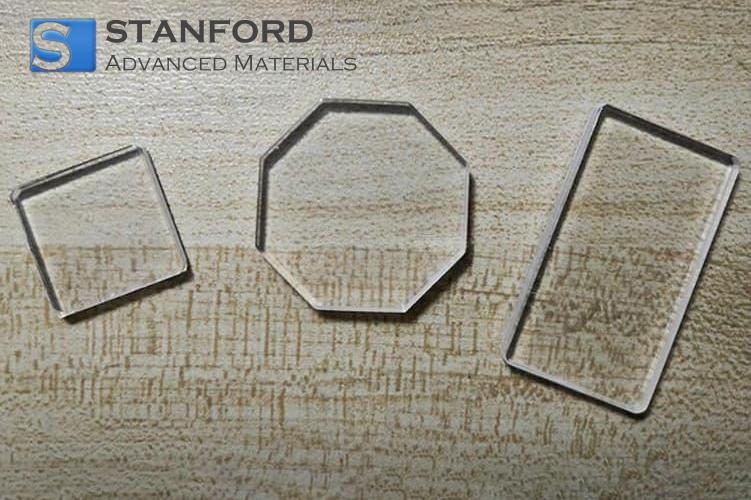
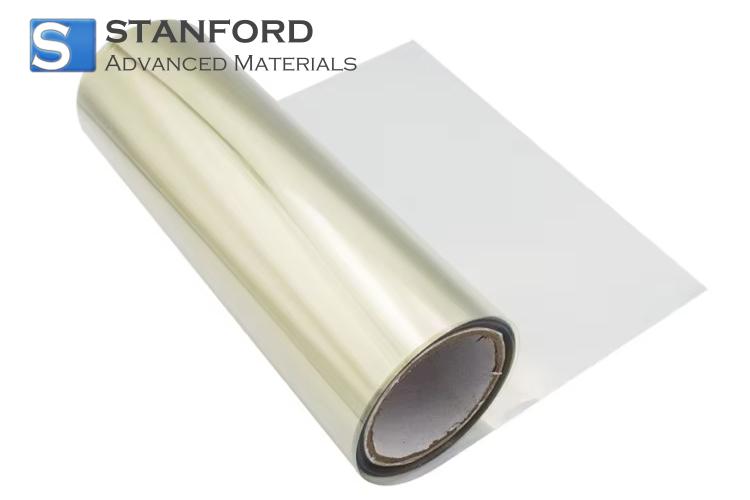
 Chin Trento
Chin Trento

